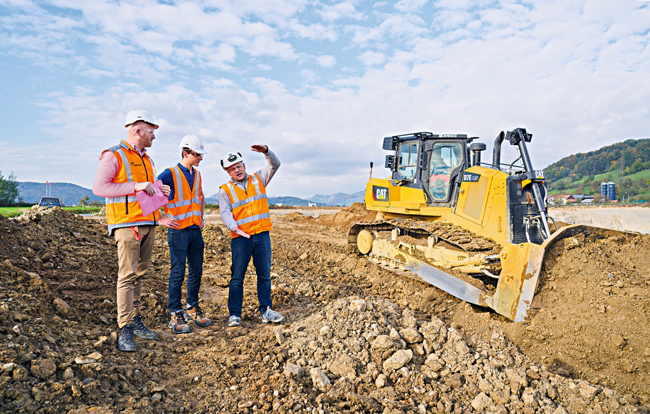
In 2018, LafargeHolcim’s net CO2 emissions per tonne of cementitious material decreased to 576kg CO²/tonne, a 1% reduction from 2017 and equal to a 25% reduction compared with 1990 emissions. The improvement was achieved by reducing the clinker-to-cement ratio and consuming less energy per tonne of cement, mostly by using alternative fuels and improving the efficiency of the company’s processes.
LafargeHolcim treated 52 million tonnes of waste in 2018 – equalling more than ten times the total yearly household waste generation of Switzerland. This increase of 6% versus 2017 makes the company one of the largest waste processors. More than 11 million tonnes – an increase of 10% over 2017 – were used by Geocycle, the company’s global waste management business, as a fuel for kilns or as alternative raw materials using co-processing technology. This process leads to the conservation of natural resources and contributes to the overall reduction of greenhouse gas emissions.
French-Swiss sector giant LafargeHolcim is also increasingly processing plastic waste and is making a conscious effort to reduce plastic leakage into the ocean. In 2018, the company repurposed around 2 million tonnes of plastic waste in its cement plants. The company is also launching specific waste management solutions in Mexico, Egypt and Morocco where marine plastic littering is a major concern. Geocycle is supporting selected municipalities to improve their solid waste management systems, the most effective way to prevent plastic leakage into the ocean. In these three target countries the company has started to establish collection and recovery systems for waste fractions particularly prone to become marine litter focusing on the involvement of the informal waste sector, raising awareness and establishing policy dialogues and regulatory frameworks.
In 2018 LafargeHolcim continued to strengthen its waste management infrastructure at several locations by establishing a new pre-processing facility in Madukkarai in India and further upgrading its waste handling capacities in Mexico, Ecuador, Brazil, Argentina, Czech Republic, Bulgaria, India, Canada, Spain and Germany. This will help to manage larger volumes in 2019.
LafargeHolcim promotes circular thinking across all its operations, including waste management. Co-processing, the simultaneous recovery of energy and recycling of mineral elements from waste in cement manufacturing, is an established technology at LafargeHolcim cement plants. Unlike traditional methods of waste management, it leaves no residues as the ashes get incorporated into clinker. Geocycle partners with various industries and redirects their waste into the cement process, which ensures that instead of being disposed via landfill or incineration, waste is sustainably managed. In 2018 some of LafargeHolcim’s cement plants replaced up to 90% of fossil fuels.
Furthermore, LafargeHolcim recovered an additional 41 million tonnes of waste, mainly by-products from other industries, such as slag from the steel industry and fly ash from power generation, to replace clinker in the final cement product. Reducing the clinker content in cement allows LafargeHolcim to limit the CO²-intensity of its cement production.
The full report can be accessed at













